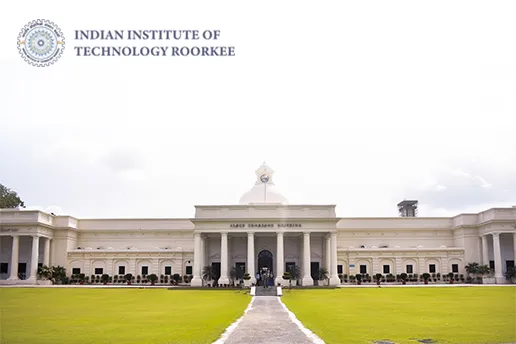In the world of computers and software technologies, managing organisational data requires curating robust and high-performing applications. This is where the requirement of data structure comes into play. It is a powerful tool developers design to store, manipulate, and retrieve data in multiple ways. Many tree data structures are used, of which binary, AVL, and Red-black trees are the most prominent. These data structures are changing the realm of computers and how data is handled with modern computing.
To embark on a successful journey in the data structure, the Online BCA programme by Manipal University Jaipur can be your right choice. This degree is globally recognised and offers mentorship from top-tier faculty. Plus, this comprehensive online BCA course gives you a 360-degree worldwide view of the industry. Do not wait further and boost your career now.
Understanding Various Data Structures and Their Applications
Binary, AVL, and Red-Back trees form the foundation of data structure. Read further and acknowledge what they stand for and how they help developers to store and manipulate data.
Binary Tees- Foundations and Operations
Binary trees have a hierarchical structure where nodes are connected by edges. Every node can have a maximum of 3 children, one left child and the other one will be the right child. Here, the uppermost node is termed roots, and the lowermost nodes are called leaves. Their applications are numerous as they can be utilised for data storage and retrieval, along with network routing and evaluation of the expression.
Insertion is one of the prime operations done by binary trees. When some new element is inserted in the binary tree, they are compared to the current nodes to choose between left and right according to their value. The process continues recursively till an appropriate insertion spot in the node is found. If the tree is properly balanced, insertion can be achieved in logarithmic time complexity, ensuring efficient updates to the structure.
By leveraging the tree’s hierarchical structure, one can effectively navigate into the nodes. This makes it easier to compare the target values with current nodes for proceeding to the left or right node accordingly. These traversal methods play a major role in various algorithms, like binary tree sorting, expression evaluation, and constructing expression trees.
AVL Trees- Balancing Efficiency and Height
Named after the inventor Adelson-Velsky and Landis, AVL trees are self-balancing binary trees. These trees can maintain a near-optimal balance between height and efficiency. Basic binary trees have some limitations that the AVL trees address. It ensures the difference between the height of right and left subtrees does not exceed one.
The prime difference between binary and AVL trees is that the latter has self-balancing properties, unlike the former. AVL trees perform rotations and restore balance whenever some imbalance happens due to insertion or deletion operation. This helps in restoring near-optimal height. The rotations can be either single or double; it depends on the specific case. Plus, it requires rearranging the nodes to maintain the desired balance factor. This feature helps AVL trees to search, insert, and delete operations effectively.
AVL trees’ balancing act has added advantages. They help in reliable search operations, suitable for various scenarios, especially when fast retrieval of data is essential. With that, AVL trees are ideal for a dynamic environment where updates and modifications happen frequently. This is because they have the potential to minimise risks associated with performance degradation and the ability to restore balance after certain changes are made quickly.
Red-Black Trees- Data Balance and Flexibility
These flexible data structures can maintain balance besides accommodating simultaneous insertions and deletions. Rudolf Bayer and Volker Strassen collaboratively developed this masterpiece to have an uncompromised, fully balanced and flexible structure appropriate for a dynamic environment.
Like AVL trees Red-Black trees are self-balancing that enforce additional constraints on top of the binary tree structure. Each node in a Red-Black tree is assigned a colour, either red or black, which determines the tree’s balance. These colour properties, combined with specific rules, ensure that the tree remains balanced. Moreover, the longest path from the root to any leaf is no more than twice as long as the shortest path.
The flexibility of Red-Black trees makes them suitable for a wide range of applications. They are commonly used in data storage systems, as their balanced structure enables efficient indexing and search operations. Red-Black trees are also employed in network routing algorithms, graph algorithms, and various computational geometry problems.
Takeaway
The utilisation of the right data structures helps to optimise algorithms to solve complex problems and enhance performance. Binary Trees, AVL Trees, and Red-Black Trees stand out as prime components with their unique features and applications. By understanding their foundations, mechanisms, and real-world applications, developers can harness the power of these data structures. These enable developers to tackle complex challenges and create innovative solutions.
To master data structure, enroll now via Jaro Education’s platform for the online BCA programme from the renowned Manipal University Jaipur. It has a remarkable alumni list, including the CEO of Microsoft Corporation, Satya Nadella. With industry-led pedagogy, you can get supreme placement assistance and career counselling. To broaden your understanding of various computer applications, start your journey with this Online BCA programme.






